Cretan Cuisine
The traditional Cretan cuisine is one of the healthiest in the world. The rich and fertile Cretan land provides a wide range of local products and ingredients that are skillfully used in creating the most delicious dishes, known for their unique taste, aromas, freshness and, of course, the top quality. All Cretan dishes include a lot of ingredients and olive oil.
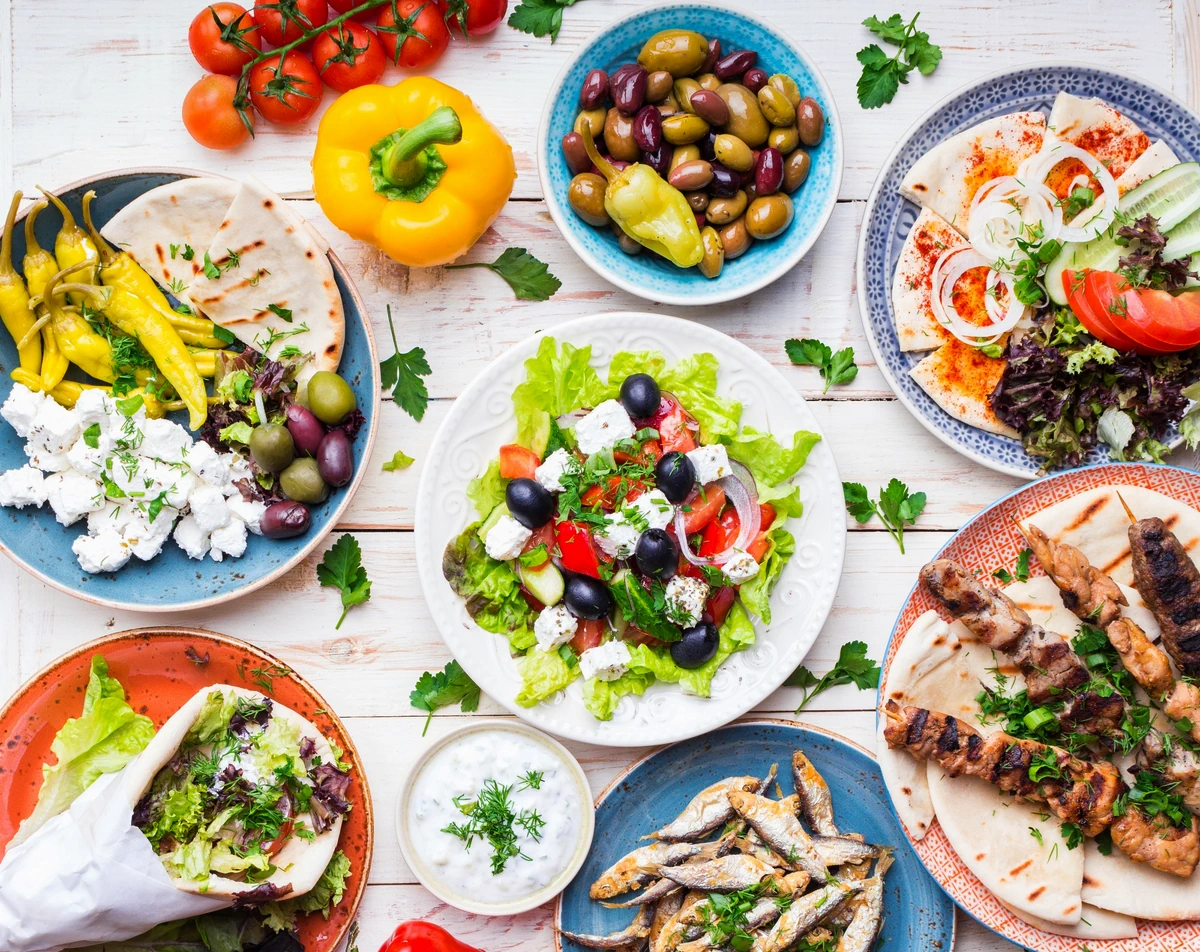 The main ingredients of the Cretan diet are olive oil, wild greens, vegetables, legumes, fish, meat, seafood, herbs, wine and tsikoudia. A wide variety of cheeses, especially the Cretan Graviera, Anthotiro and Myzithra, are also the basis of the Cretan diet, along with other local products such as yogurt, honey and various fruit, complementing this rich cuisine.
The main ingredients of the Cretan diet are olive oil, wild greens, vegetables, legumes, fish, meat, seafood, herbs, wine and tsikoudia. A wide variety of cheeses, especially the Cretan Graviera, Anthotiro and Myzithra, are also the basis of the Cretan diet, along with other local products such as yogurt, honey and various fruit, complementing this rich cuisine.
The dietary culture of Cretans has enabled them to maintain one of the longest lifespan in the world (about 90 years) and one of the lowest rates of cardiovascular and other chronic diseases in the world. After scientific research and statistical analysis since 1960, the Cretan diet has been recognized as the best for health and longevity.
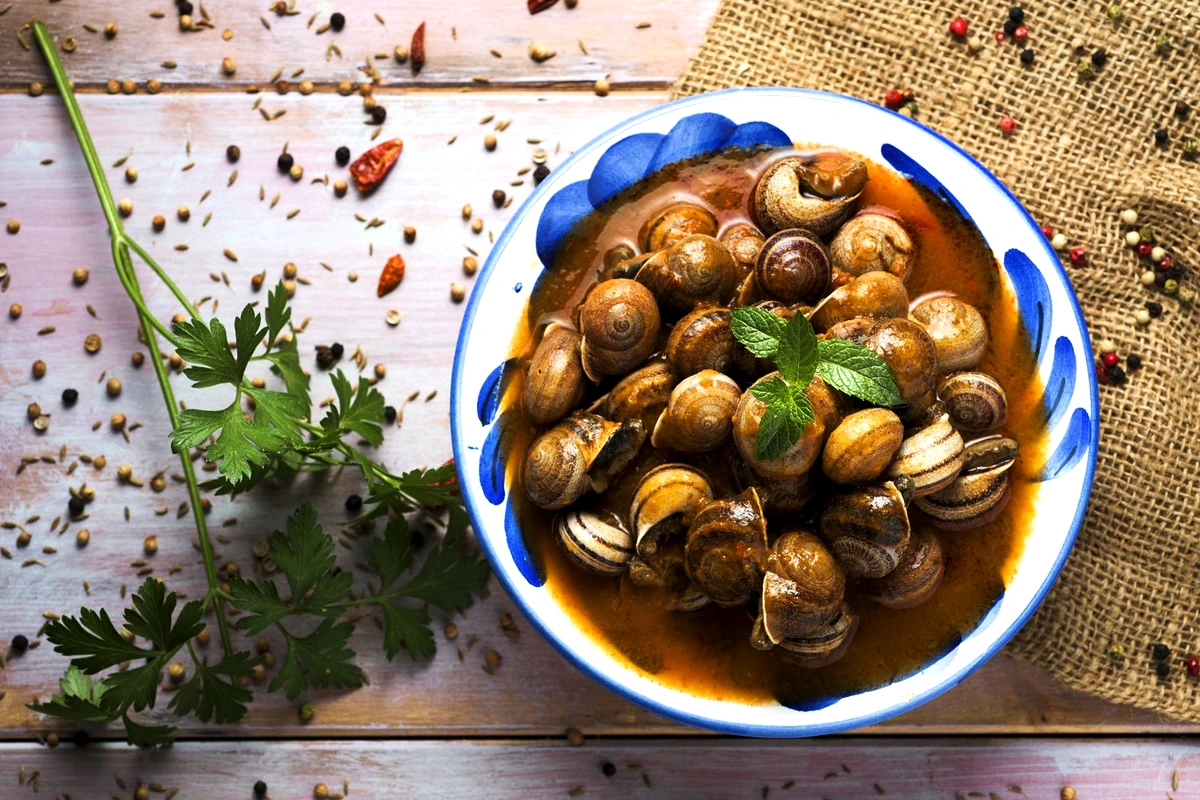
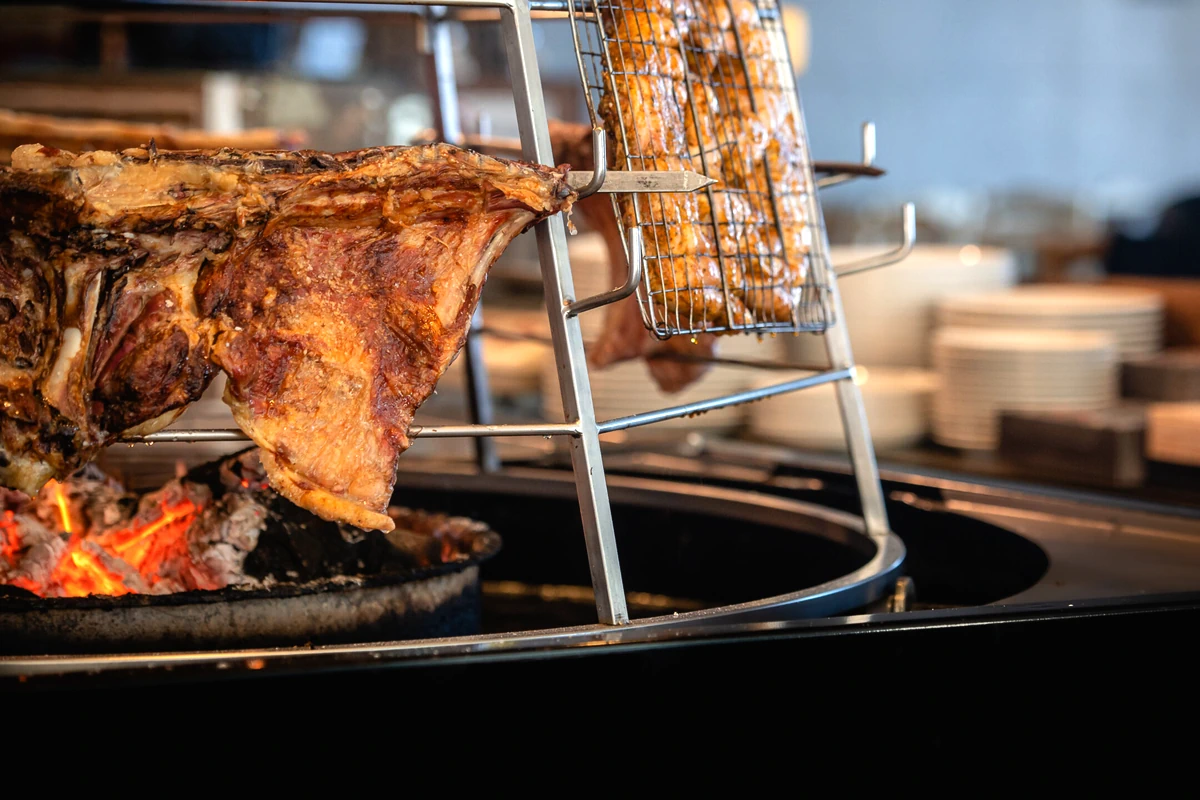
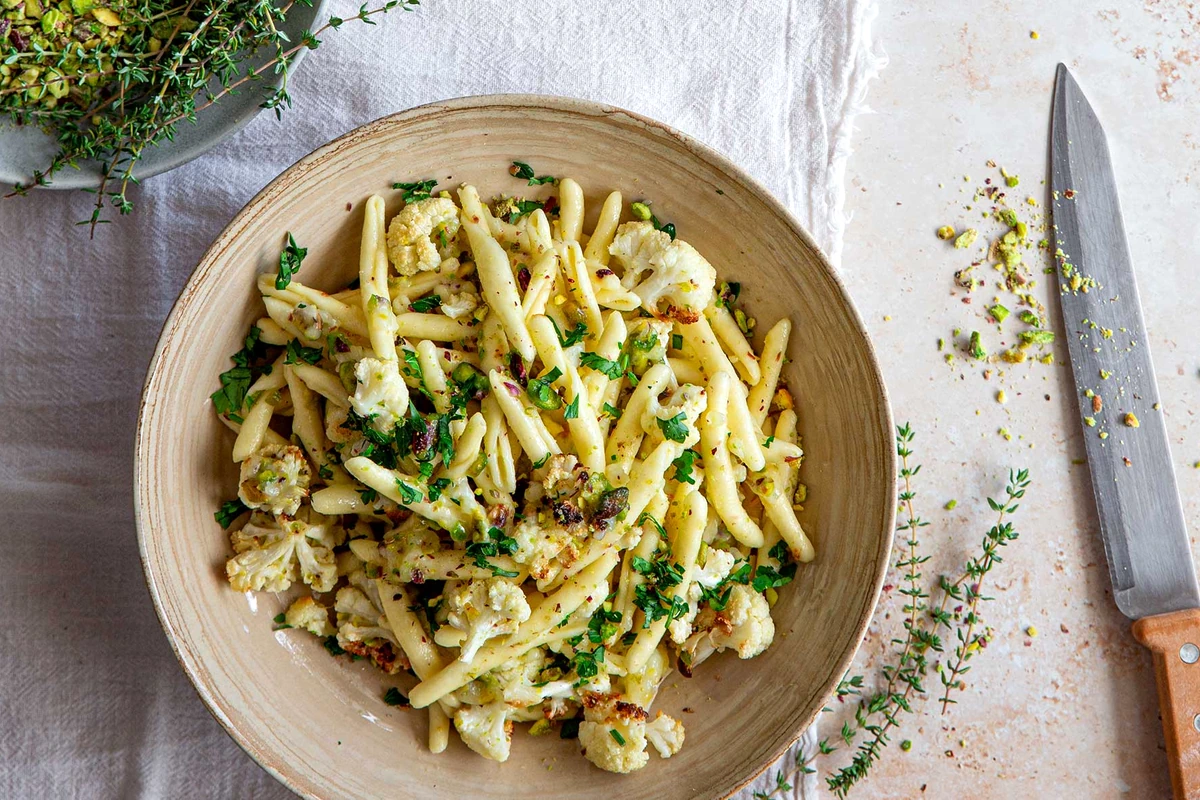
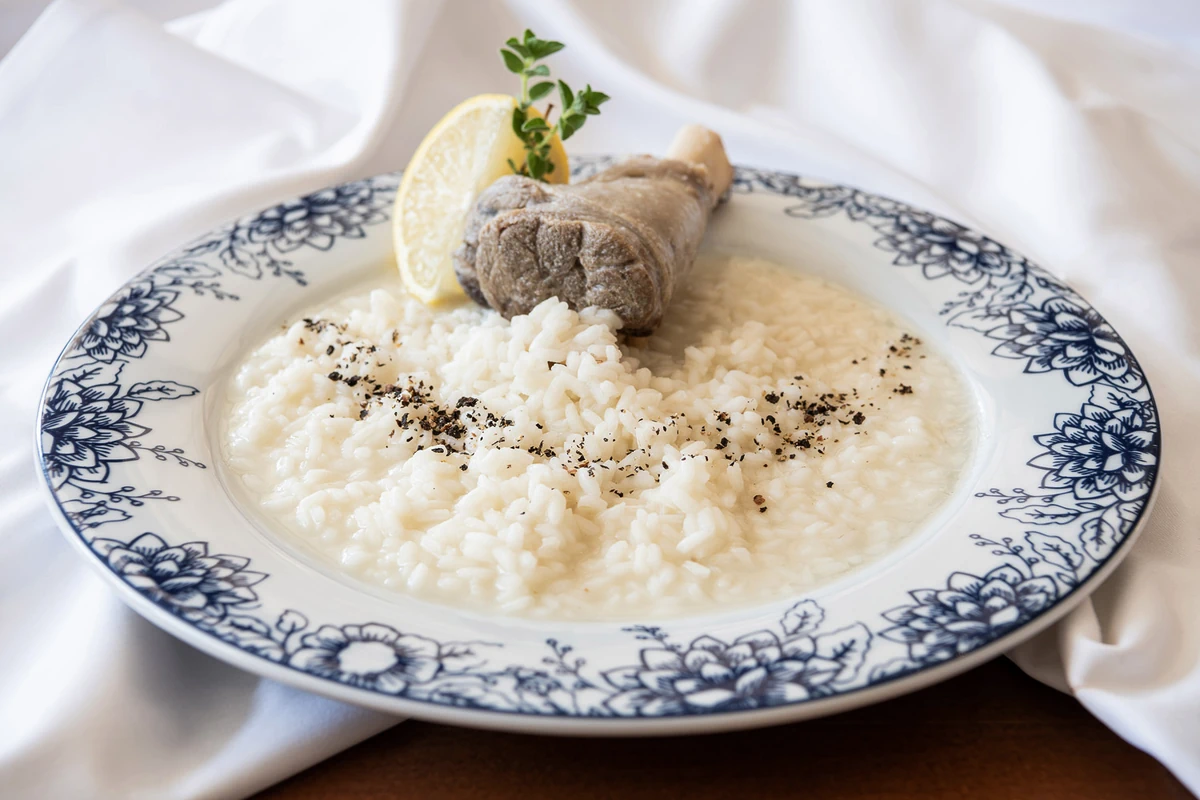
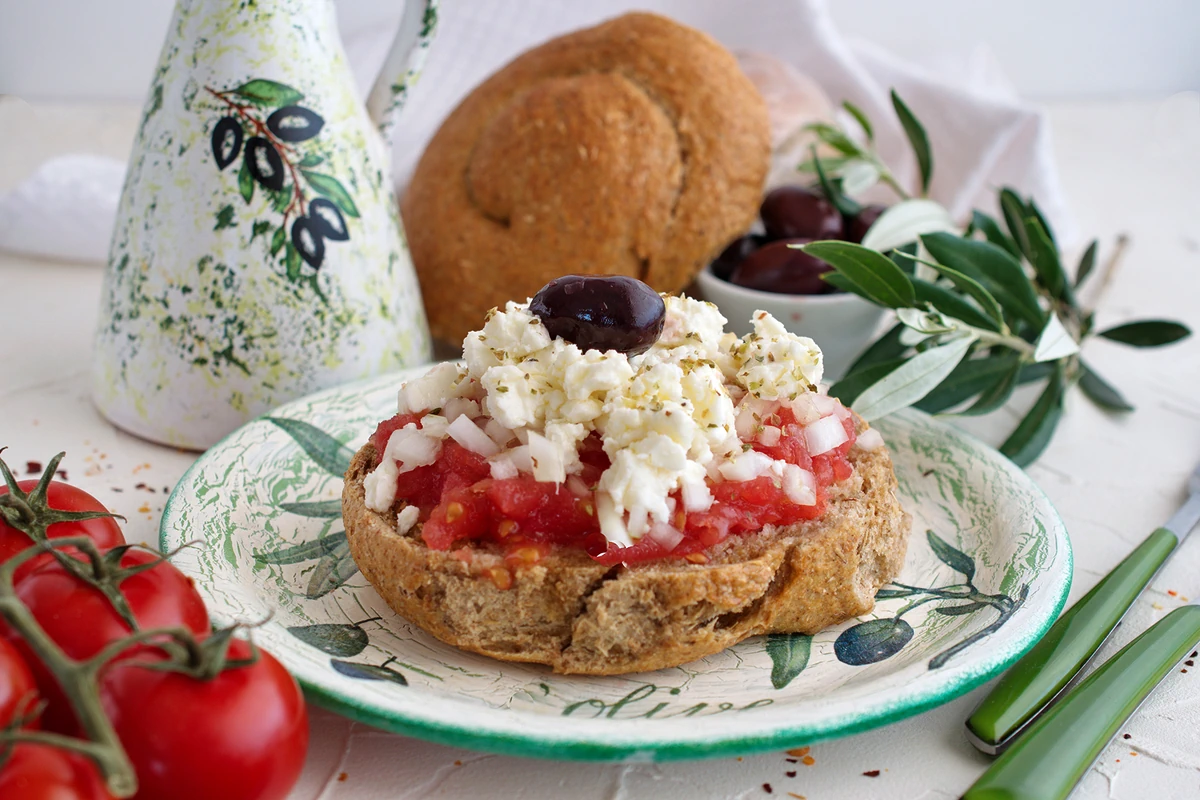
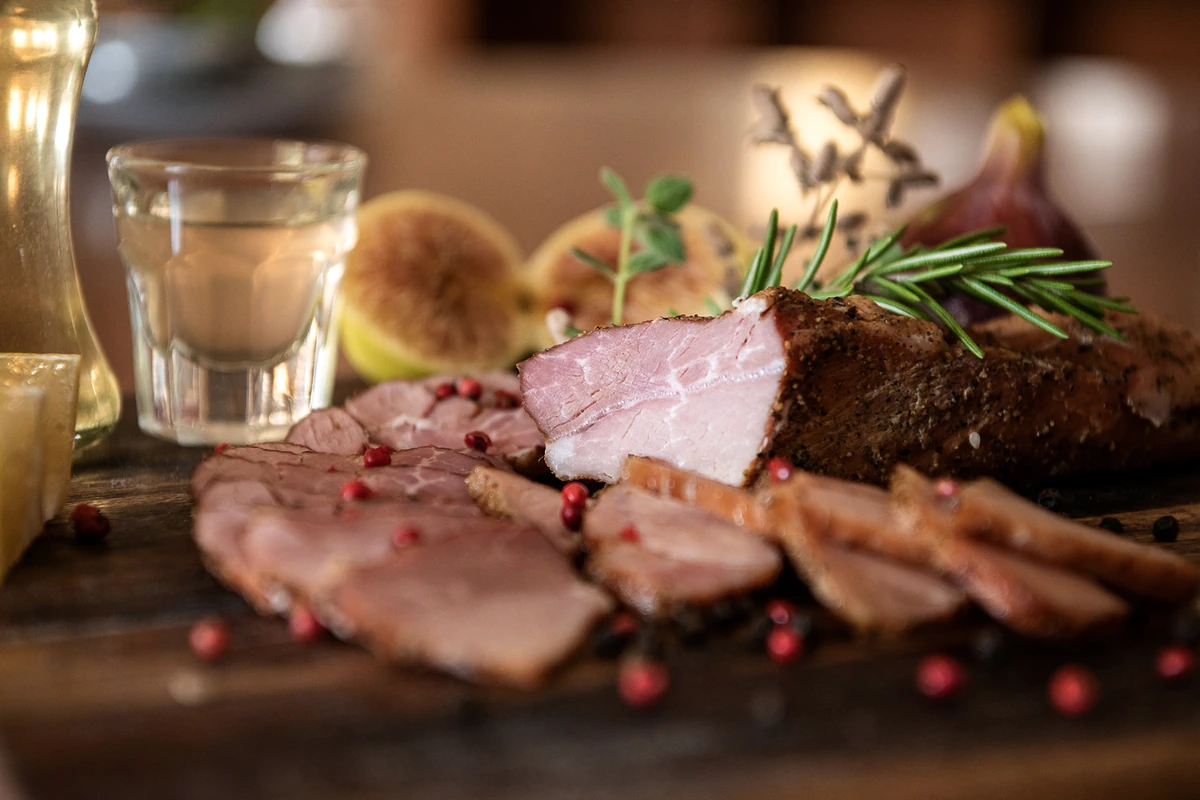
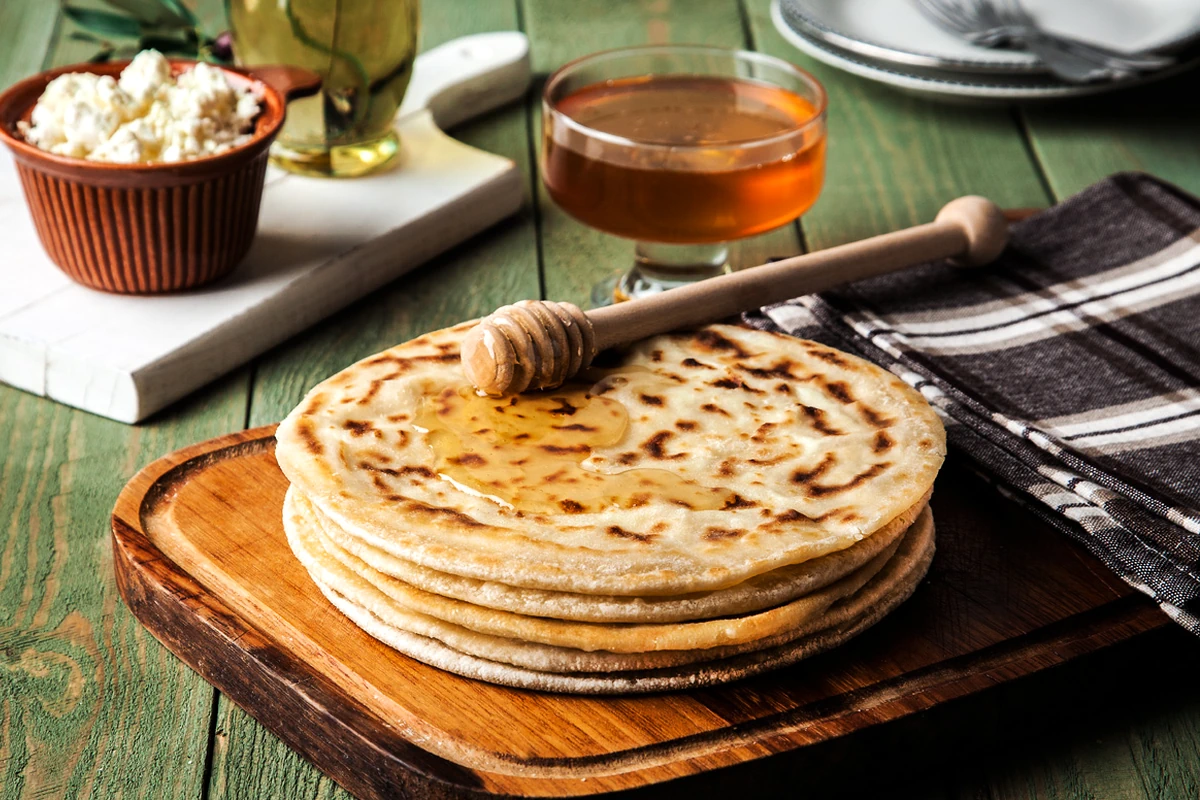

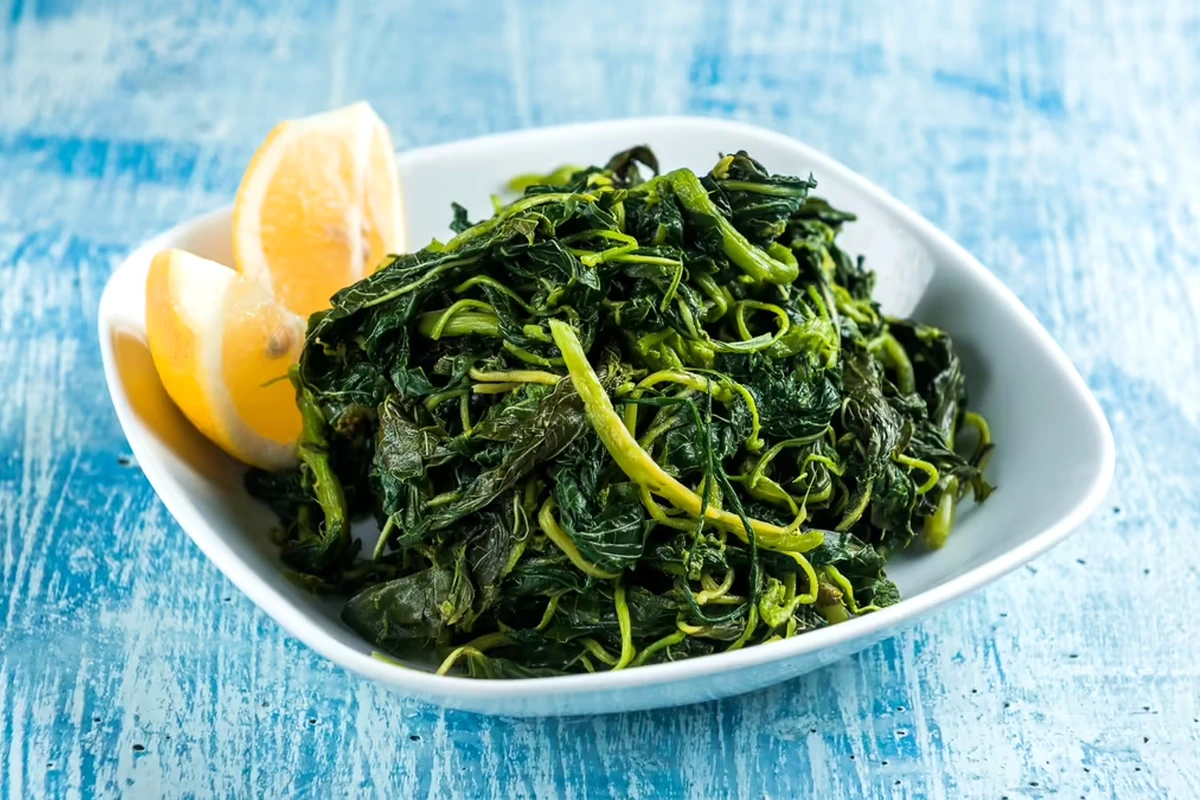
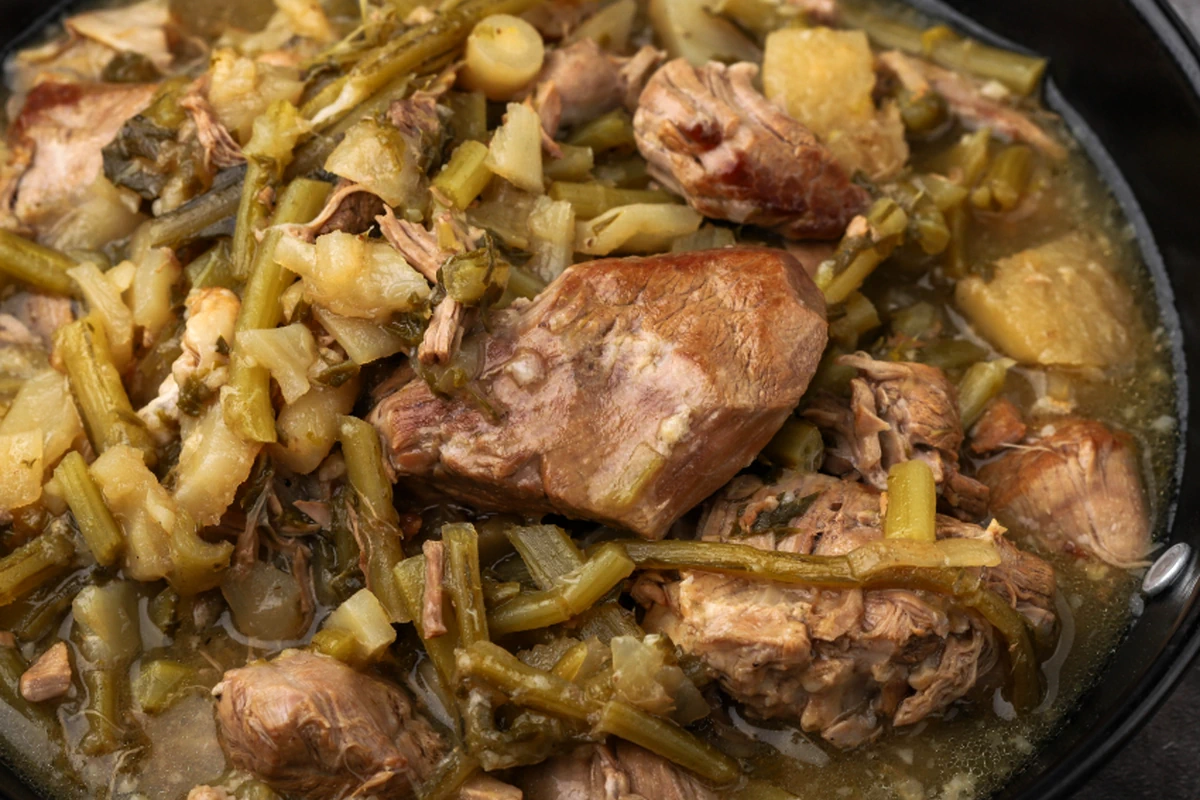 Lamb with roots of the Spanish golden root Scolymus hispanicus. Askolibru can be cooked in different ways. It can be with lemon-butter sauce, as an ingredient in the classic Cretan gravy, with fennel and other spices, with snails and, of course, with meat. The combination of meat and greens is very common in Cretan cuisine, as told before. This particular dish is prepared with lamb or goat meat and is a perfect example of a traditional Cretan dish. Local lovers of traditional Cretan cuisine look forward to the end of winter when the plant is in full sap and ready to be harvested. As far as we know, it grows throughout Greece and almost all of Europe, but only in Crete is used in cooking for centuries. Medicine even ascribes medicinal properties to it. Even the water in which we cook ascolimbra is drunk like a decoction! Its root has been used since ancient times as a remedy for various ailments. Most doctors in antiquity considered it a diuretic. It can be served as an appetizer, since the greens do not lose their taste, and also in combination with onions (askourdoulakous), boiled potatoes, lots of fresh onions and garlic, green olives and chopped parsley.
Lamb with roots of the Spanish golden root Scolymus hispanicus. Askolibru can be cooked in different ways. It can be with lemon-butter sauce, as an ingredient in the classic Cretan gravy, with fennel and other spices, with snails and, of course, with meat. The combination of meat and greens is very common in Cretan cuisine, as told before. This particular dish is prepared with lamb or goat meat and is a perfect example of a traditional Cretan dish. Local lovers of traditional Cretan cuisine look forward to the end of winter when the plant is in full sap and ready to be harvested. As far as we know, it grows throughout Greece and almost all of Europe, but only in Crete is used in cooking for centuries. Medicine even ascribes medicinal properties to it. Even the water in which we cook ascolimbra is drunk like a decoction! Its root has been used since ancient times as a remedy for various ailments. Most doctors in antiquity considered it a diuretic. It can be served as an appetizer, since the greens do not lose their taste, and also in combination with onions (askourdoulakous), boiled potatoes, lots of fresh onions and garlic, green olives and chopped parsley.
All the ingredients and dishes listed above, in their original form, you can try only on Crete. The local population appreciates and is proud of its products and recipes, and also shows off its cuisine to tourists with pleasure. This list does not include the usual Mediterranean and Greek dishes, as you can find these everywhere. Don’t be afraid to go into small places and try unknown dishes, even if they seem very strange to you. On Crete, the locals don’t eat various insects, well, with the exception of snails, which mean you can safely eat traditional local dishes without fear for your health.
 The main ingredients of the Cretan diet are olive oil, wild greens, vegetables, legumes, fish, meat, seafood, herbs, wine and tsikoudia. A wide variety of cheeses, especially the Cretan Graviera, Anthotiro and Myzithra, are also the basis of the Cretan diet, along with other local products such as yogurt, honey and various fruit, complementing this rich cuisine.
The main ingredients of the Cretan diet are olive oil, wild greens, vegetables, legumes, fish, meat, seafood, herbs, wine and tsikoudia. A wide variety of cheeses, especially the Cretan Graviera, Anthotiro and Myzithra, are also the basis of the Cretan diet, along with other local products such as yogurt, honey and various fruit, complementing this rich cuisine.
The dietary culture of Cretans has enabled them to maintain one of the longest lifespan in the world (about 90 years) and one of the lowest rates of cardiovascular and other chronic diseases in the world. After scientific research and statistical analysis since 1960, the Cretan diet has been recognized as the best for health and longevity.
Exclusive Cretan dishes

Snails (Kokhli)
Stewed or steamed with local “chondro” garnish, however you cook them, snails are one of the most exquisite and popular dishes of Crete. Fried with lots of salt and rosemary, they are a great addition to raki and tsikoudia.
Antikristo
Many of you may have heard of this strange-named Cretan dish. But not everyone has tried it. This is an ancient way of cooking, when large pieces of meat – usually lamb or goat meat – were fixed on sticks around a fire. Thus, the meat was stewed in its juice on fire for 5-6 hours. This method of cooking was used mainly in the villages of Psiloritis Mountain. However, lamb is eaten in Crete in all variations, with wild herbs, pasta, in the oven and on grill, with artichokes and asparagus.
Pasta Skioufikta
The local oblong-shaped pasta is molded by hand; the basis of the dough is a flour, salt, water and butter. After cooking, pasta is fried in butter, and then poured with broth, at the end sprinkled with anthotiro cheese. This dish is adored by Cretan children and can be served at any event.
Risotto Gamopilafo
Usually this dish is served at important events like weddings, christenings and holidays. To cook it properly, you need to carefully select the meat, usually chicken and lamb. The meat must be washed well and simmered in salted water for more than 2 hours. After 1.5 hours, add a glass of wine. When the meat becomes soft, our broth is ready. Next, you need to strain the broth and return to the pot, to add rice (in a ratio of one to three) and to cook for about 20 minutes. A Minute before the end of cooking, a juice of 2 lemons must be added. The meat is simply salted and peppered and served together. To cook really delicious gamopilafo is an art.
Cretan Ntakos
Barley rusk dipped in olive oil with grated tomato, with pieces of feta cheese and oregano, always complement any Cretan feast.
Apaki
Traditional, authentic Cretan apaki is made from the most tender pork tenderloin, which does not contain fat. The meat is seasoned with salt and pepper, sprinkled with aromatic herbs, sage, oregano, truffle and thyme and marinated for 2-3 days in fine wine vinegar. Of course, the choice of herbs depends on the region and the personal preferences of the cooking chef. Then it is hung in a special place where it is slowly smoked in a haze of olive, cedar and cypress branches, and, of course, aromatic plants that give to the meat a great taste.
Sfakianes pites
Well-known throughout Greece for their taste, these dumplings are amazing despite their simple ingredients. It looks simple, but the features are the filling by the Cretan ksinomizithra, and the dough. Kneading the dough, the Cretan raki is added to the water in a ratio of one to five. After, these are fried in a pan without oil and generously poured with honey. Sfakianes pites are served as a dessert or as an appetizer for raki.
Kaltsouni
Kaltsouni is one of the most popular and beloved sweets of the island. It is impossible to come to Crete and not try kaltsuni. This is the best and healthiest dessert that goes with any meal. This is a combination of sweet cottage cheese with delicious shortbread dough. Like many other Cretan sweets, Kaltsouni are also cooked with a Cretan feature – raki added to the dough.
Wild greens Stamnagathi
This is a wild greens that is harvested in the mountains, of course, it can be grown at home, but the taste is different. It is still possible to enjoy the truly wild Stamnagathi in Crete. It is served as a side dish to local meat, stewed with vegetables, as well as fresh in a salad.Arnaki me askolmbrous
 Lamb with roots of the Spanish golden root Scolymus hispanicus. Askolibru can be cooked in different ways. It can be with lemon-butter sauce, as an ingredient in the classic Cretan gravy, with fennel and other spices, with snails and, of course, with meat. The combination of meat and greens is very common in Cretan cuisine, as told before. This particular dish is prepared with lamb or goat meat and is a perfect example of a traditional Cretan dish. Local lovers of traditional Cretan cuisine look forward to the end of winter when the plant is in full sap and ready to be harvested. As far as we know, it grows throughout Greece and almost all of Europe, but only in Crete is used in cooking for centuries. Medicine even ascribes medicinal properties to it. Even the water in which we cook ascolimbra is drunk like a decoction! Its root has been used since ancient times as a remedy for various ailments. Most doctors in antiquity considered it a diuretic. It can be served as an appetizer, since the greens do not lose their taste, and also in combination with onions (askourdoulakous), boiled potatoes, lots of fresh onions and garlic, green olives and chopped parsley.
Lamb with roots of the Spanish golden root Scolymus hispanicus. Askolibru can be cooked in different ways. It can be with lemon-butter sauce, as an ingredient in the classic Cretan gravy, with fennel and other spices, with snails and, of course, with meat. The combination of meat and greens is very common in Cretan cuisine, as told before. This particular dish is prepared with lamb or goat meat and is a perfect example of a traditional Cretan dish. Local lovers of traditional Cretan cuisine look forward to the end of winter when the plant is in full sap and ready to be harvested. As far as we know, it grows throughout Greece and almost all of Europe, but only in Crete is used in cooking for centuries. Medicine even ascribes medicinal properties to it. Even the water in which we cook ascolimbra is drunk like a decoction! Its root has been used since ancient times as a remedy for various ailments. Most doctors in antiquity considered it a diuretic. It can be served as an appetizer, since the greens do not lose their taste, and also in combination with onions (askourdoulakous), boiled potatoes, lots of fresh onions and garlic, green olives and chopped parsley.
All the ingredients and dishes listed above, in their original form, you can try only on Crete. The local population appreciates and is proud of its products and recipes, and also shows off its cuisine to tourists with pleasure. This list does not include the usual Mediterranean and Greek dishes, as you can find these everywhere. Don’t be afraid to go into small places and try unknown dishes, even if they seem very strange to you. On Crete, the locals don’t eat various insects, well, with the exception of snails, which mean you can safely eat traditional local dishes without fear for your health.
-

Crete to Santorini: a day trip for an unforgettable experience!
Crete to Santorini, a day trip: Time4Vacation offers organized tours to discover Santorini from Crete and other destinations in Greece.
-

Discover the Enchanting Flavors of Santorini Wines
Enjoy Santorini’s volcanic wines – a taste of paradise in Greece.
-

Discover the Stunning Beaches of Corfu
Let’s dive into the top beaches of Corfu and explore the beauty they have to offer!